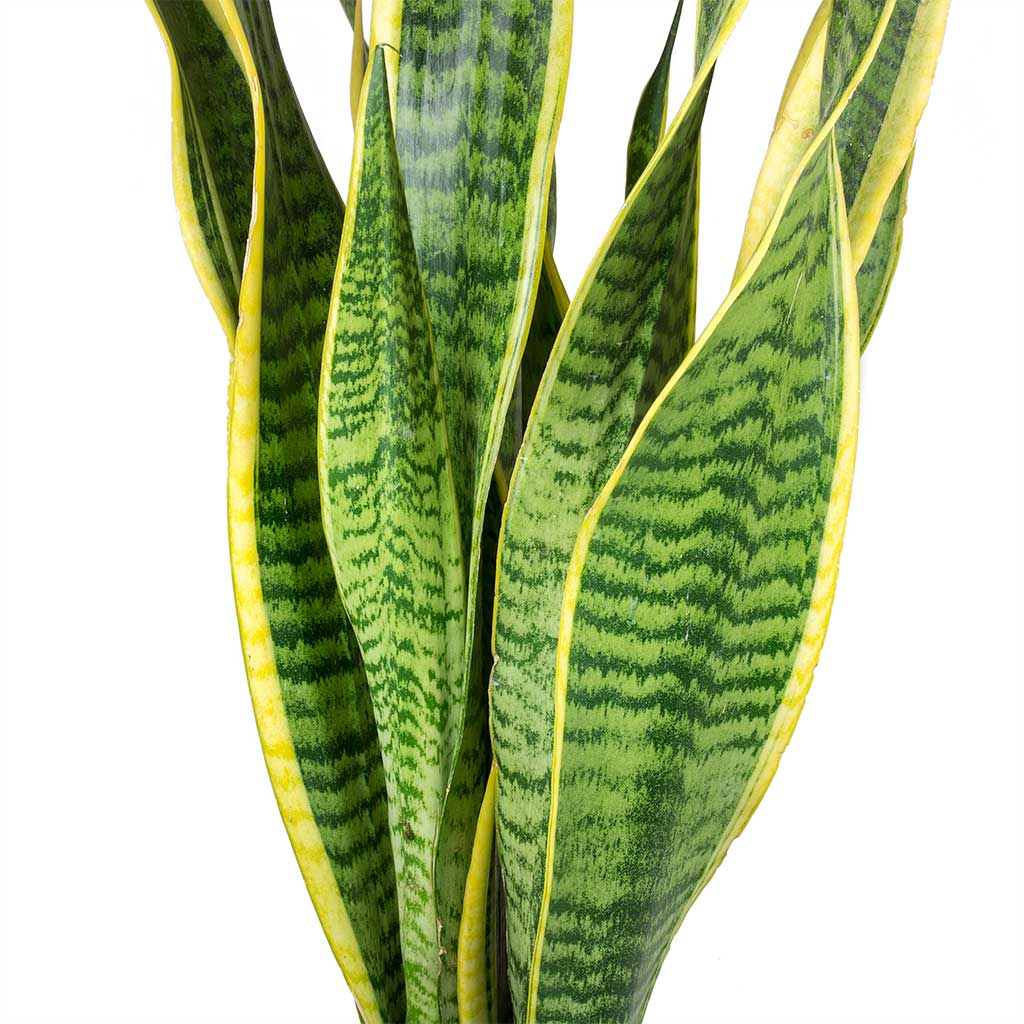Some Known Questions About Snake Plant Leaves Turning Yellow.
All About Snake Plant Leaves Turning Yellow
Table of ContentsThe Of Snake Plant Leaves Turning YellowMore About Snake Plant Leaves Turning YellowThe Greatest Guide To Snake Plant Leaves Turning YellowSnake Plant Leaves Turning Yellow - The FactsThe 6-Second Trick For Snake Plant Leaves Turning Yellow
The court is still out on exactly how efficient it is in purifying the air, but I still have one in practically every space This unique plant is a fantastic starter plant and with its very easy treatment, you can't fail with it! In this post, I intended to share some suggestions on looking after your sansevieria.Snake plants Like well draining soil. Avoid small dirt because this kind of soil will certainly hold even more dampness and can lead to root rot. Root rot is when the soil gets water logged. If the plant remains damp for also long, the origins can rot and eventually, your plant will certainly pass away.
These plants are extremely comparable to cacti when it involves their treatment. They don't like to be sitting in water for as well lengthy. One of the important points that will keep your plant from origin rot is well draining pipes dirt. You can purchase a premade cactus/succulent dirt (it's a mix of sand and dirt) and a lot of yard stores will certainly bring it.
This will certainly make your plant prone to pests or other microorganisms located outdoors. I did this when and learned my lesson really swiftly and brought in additional little animals that were dangerous to my plant. For pots, I love terracotta pots. These are the reddish clay ones that you can find nearly anywhere.
9 Easy Facts About Snake Plant Leaves Turning Yellow Shown
Terra cotta pots assistance with avoiding root rot. The plant will dry out a lot quicker in a terracotta pot because the clay wick's water is from the dirt. I have some plants in attractive earthenware pots that are not terracotta too, yet they all have a water drainage opening at the bottom.
I like to get a pot that gives my brand-new plant concerning 2 inches of growth room around the entire diameter of the pot. This provides the plant space to grow but it's still a little bit tight. Replanting your sansevieria in also huge of a pot implies much more soil, resulting in more time to dry out, which can result in root rot.
If you have a pot on a timber flooring or wood surface area, just make sure you position a plate or nonporous product under the pot to secure the pot from spoiling your surface. The wonderful point regarding sansevieria is that it can handle varied lighting situations. The plant will certainly expand much better in intense light (near a window in your home), but it can deal with a darker corner in your house also.
It's incredible to see this plant grow in what appears to be bad lights conditions. It genuinely is an incredibly adaptable plant!
What Does Snake Plant Leaves Turning Yellow Mean?
I discover the more I forget concerning my serpent plant, the far better! Just water when the soil is completely dry.
If there is a little dampness in the dirt, then I will examine it once more in a week. Just how your plant holds wetness will depend on where you live. If you live in a clothes dryer climate, then it will certainly dry out quicker, or if you stay in a humid climate, then it will certainly hold water much longer.
Watering on stormy days maintains my plants soggy and they take longer to dry out. In winter months, I taper off watering and water regarding every 4 weeks.
I do not he said soak my plants with water due to the risk of origin rot. I would certainly rather under water than over water them. Sansevierias do not like their fallen leaves to be wet, so when you water, just put the water on the soil and attempt to avoid getting any type of water on the leaves.
The 10-Minute Rule for Snake Plant Leaves Turning Yellow

Fluoride and chlorine can accumulate in your sansevieria, so this technique of leaving your water out will certainly pay off in the long run. Using filtered water or gathered water is a wonderful option also! Dusting the leaves is a remarkable behavior that your sansevieria will thanks for.

As the origins make their means out and expand, they will require continuous contact with the soil, so don't let your plant dry also much when you are attempting to proliferate. I'll inspect on my newly propagated fallen leaves and provide even more attention than common. If the dirt has actually become bone dry, then I will provide a good soak in water.
Snake Plant Leaves Turning Yellow Can Be Fun For Anyone
In enhancement to being unbelievably very easy to grow, serpent plants have a number of health advantages, including this contact form filtering system indoor air, eliminating toxic pollutants, and boosting mental health. Numerous house plants are purposefully positioned for decoration and to keep feng shui.

Their leaves include a poisonous substance that can create swelling and numbness on the tongue if eaten in large doses. It's wise to maintain this plant far from kids and animals that are vulnerable to nibbling. The serpent plant, generally referred to as mother-in-law's tongue, is a resistant delicious that can expand anywhere in between 6 inches to numerous feet.
What's special about this particular plant is that it is just one of the few plants that can transform co2 (CARBON DIOXIDE) into oxygen in the evening. This high quality makes it an ideal plant for room design, given that it can help control healthy air movement - Snake Plant Leaves Turning Yellow. Serpent plants are likewise understood for their capability to assist get rid of hazardous air contaminants